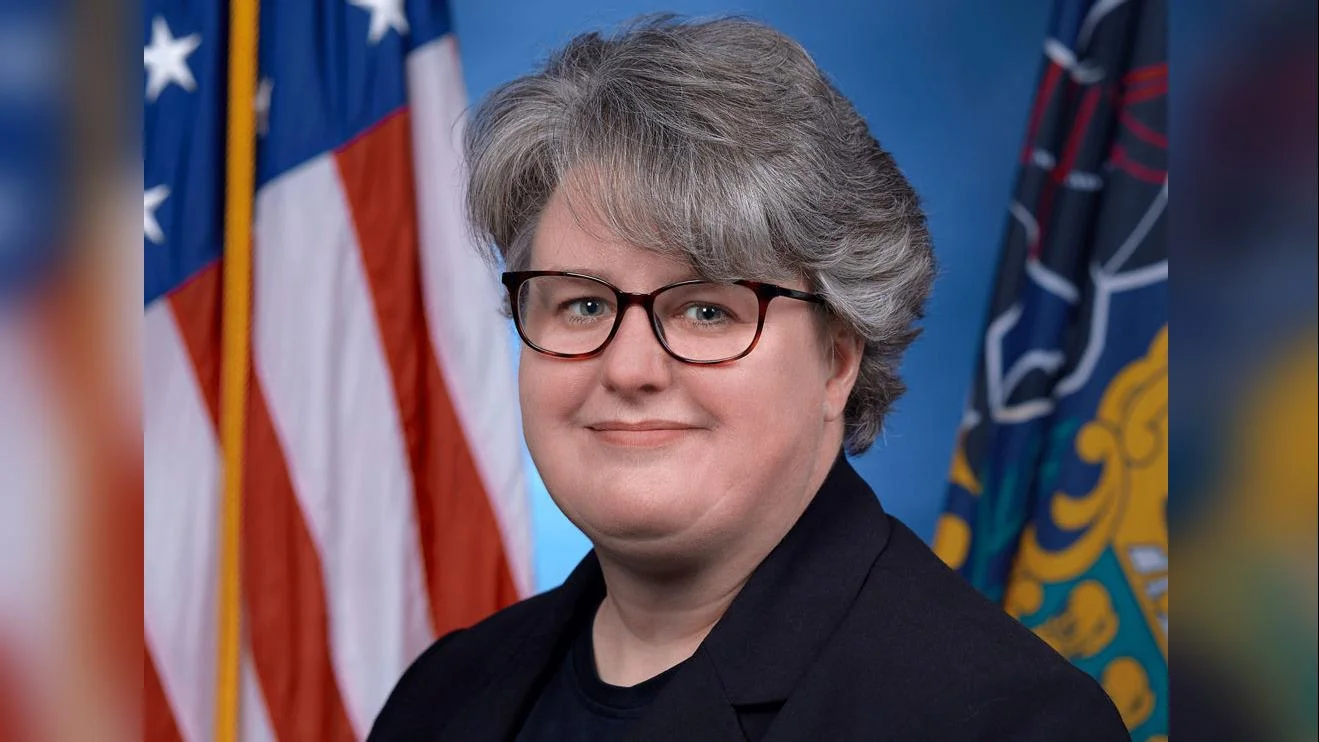
Rebecca Koenig Interim Senior Editorial Director | EdSurge Research
Virtual schools are changing the way students learn, offering flexibility for families who want alternatives to traditional classrooms. Students like El Roberts begin their days early with activities such as figure skating before logging into virtual classes from home. Parents play a significant role in this arrangement, often monitoring schedules and providing support throughout the school day.
“Ultimately, we are responsible for the children getting their work done or not,” said Deborah Fairclough, whose daughter participates in online learning.
The number of students enrolled full time in virtual schools has stabilized at about 1.7 percent of U.S. children after peaking during the COVID-19 pandemic, according to DLAC, an organization focused on digital learning. The pandemic led many families to try remote education, and some found it better suited to their needs.
Flexibility is a major reason families choose virtual programs. Angie Price described how her daughter's busy dance schedule left little time for other activities until they switched to online schooling. “By the weekend, we were wiped out. This gave us so much more freedom,” she said.
However, parents must be involved for students to succeed in these settings. Molly Hamill, a fifth-grade teacher in California’s virtual program, noted that parental support is crucial: “In my opinion, when the kids have good support from the parents at home, they can thrive in a program like this … but if they have some struggle and not a lot of parent support, it can be hard.”
Teachers working remotely often find themselves communicating frequently with parents to ensure students stay on track. “Almost feels like being a case worker; you have to talk to parents and help them understand their role and nag them a bit to say, ‘Check in on your kid,’” Hamill added.
Some states now allow public school funds to be used for alternative education options as part of the school choice movement. Nik Osborne of Pearson explained: “That’s putting the power back into the parents’ hands... The idea that parents are given more choice in their child’s schooling has opened up concepts for them that didn't exist five to 10 years ago.”
For certain families, especially those without reliable transportation or who prefer learning at home over homeschooling entirely on their own, virtual schools offer an accessible solution. Lisa Yarberry switched her daughters from homeschooling to Kansas Connections Academy because managing curriculum became overwhelming as her children grew older.
While some programs require contracts outlining parental responsibilities—such as Oklahoma-based Caney Valley Public Schools’ 10-page agreement or Pennsylvania Virtual Charter School’s expectations for parent involvement—others like Connections Academy and Stride focus on orientation sessions instead of formal contracts.
“We want them to understand what they're signing up for; you can’t leave a second grader to figure it out on their own,” said Osborne. “One of our big things is we want to make sure not only the experiences for families are positive, but the outcomes are positive. And you can't have that without an involved learning coach.”
Parental engagement varies by family. Some share workspaces with their children during class hours; others need reminders from teachers if students miss sessions or assignments.
Michael Kooi of Georgia Cyber Academy believes parental involvement is similar whether students attend physical or virtual schools: “I think the role of the parent is largely the same as it is in a brick-and-mortar: it’s just the child is at home and the parent needs to make sure they access their education,” he said.
Schools may also provide additional support through family engagement teams or mentors who guide both students and parents through challenges related to pacing or technology use. Brianna Capson at Michigan Virtual Academy supports around 170 students by teaching study skills and helping with communication between families and teachers.
Some students enter virtual schools already behind academically; districts like Georgia Cyber Academy receive new enrollees each year who are two or three years behind grade level.
Despite these challenges, many families report benefits such as reduced anxiety and improved school-life balance for both students and parents. As Fairclough observed regarding her daughter: “As a parent and learning coach, it takes it off my plate of, ‘Is my child going to be anxious?’ To me, it's such a good alternative, to take that anxiety out of your day and see how much better you can perform.”





 Alerts Sign-up
Alerts Sign-up